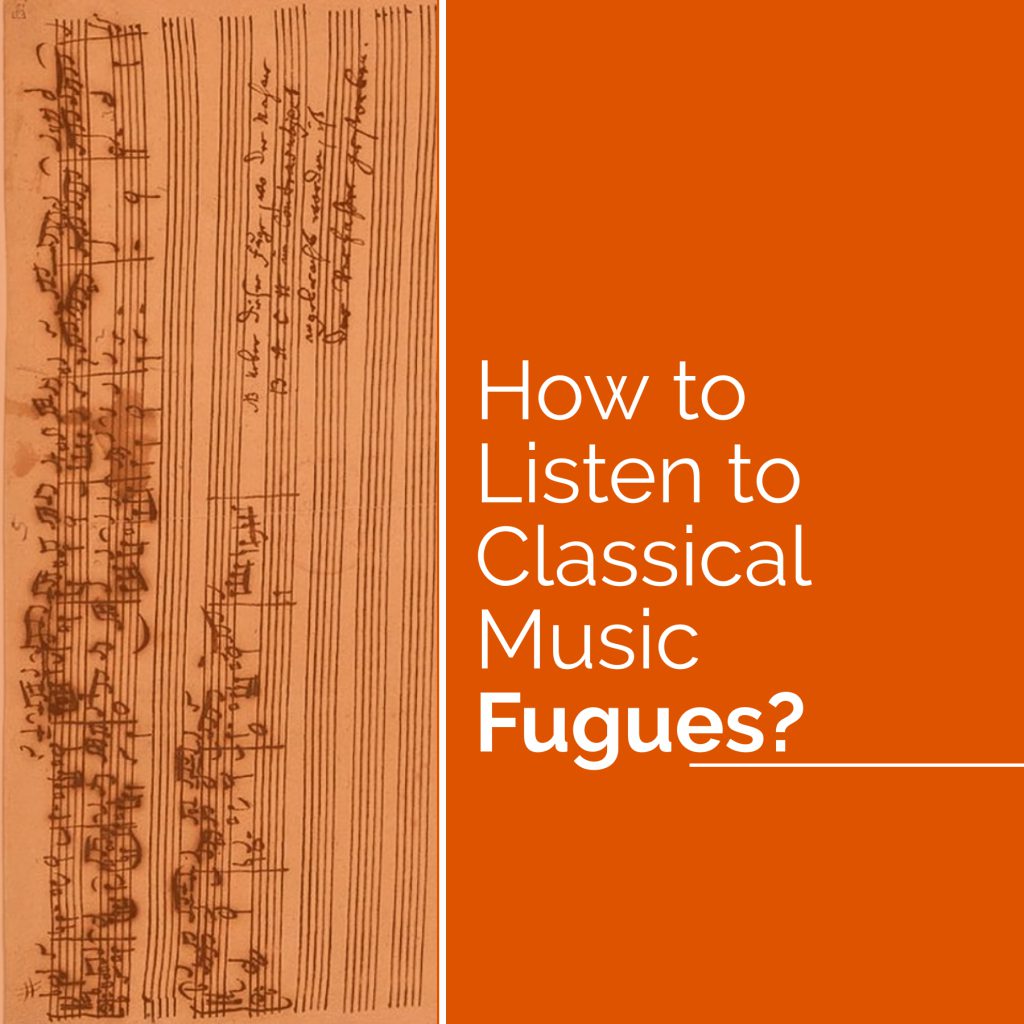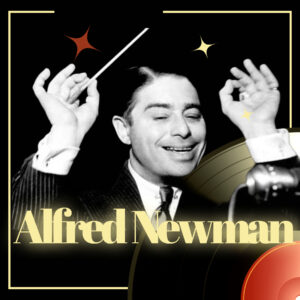
Watching an amazing video review by “Inside the Score” on how to have a rewarding musical experience by listening to a fugue, we thought about the phenomenon of listening. How do our previous experience and knowledge determine our sound perception?
As rightly pointed out Kai Tuuri “Formulating a Revised Taxonomy for Modes of Listening”, “listening to music is not a homogeneous act of grasping meanings by hearing. Yet it is often portrayed as such, especially when the intentional stance of a listener is overlooked. […] listening as the action-oriented intentional activity of making sense of the world. It is proposed that the multifaceted and heterogeneous nature of “understanding by listening” can be outlined in terms of distinct modes of listening.” Author classifies “taxonomy of nine listening modes (reflexive, kinaesthetic, connotative, causal, empathetic, functional, semantic, reduced and critical listening).” “Modes refer to different constituents of meaning-creation in the process of listening. In the taxonomy, they are schematically arranged into three levels (experiential, denotative and reflective). The theoretical framework of this revised taxonomy utilizes an embodied cognition paradigm. The experiential basis of meaning in listening is theoretically conceived of as emerging resonances between experiential patterns of sensations, structured patterns of recurrent sensorimotor experiences (action–sound couplings) and the projection of action-relevant mental images.”
The prior knowledge that the listener has, may influence what kind of mode is chosen (more or less consciously). If indeed one has the prior knowledge that Bach’s fugues are rigorously constructed, it might lead to choosing a more analytical mode of listening. And it might even be that even if one would consciously try to listen to Bach’s fugues using a more empathetic mode of listening, trying to focus on the intentions and emotions of the composer and performer, it could be that the already present idea about Bach’s fugues would influence how the intentions and emotions would be interpreted: maybe someone who very strongly sees Bach’s fugues as musical crossword puzzles then interprets that the intention of the composer indeed was to make crossword puzzles and signal emotional coldness.
Fugue is more than just the sum of its parts. Composers often write fugues to show off their skill with contrapuntal techniques. So by listening to individual voices, we lose a lot of context, because voices are playing each other after all. While we usually can’t focus on the details of all N voices at once, fun little details do pop out and continue to do so with subsequent listens. That’s why The Art of the Fugue is still fresh to us even years after our first listening. In general, we listen to the whole thing, and then let the details be reflected in the later impressions.
This video looks at Fugues, and how they work. It considers the great fugues of Bach, as well as surveying fugue from Britten to Bernstein, Handel to Beethoven. It looks at fugal technique – the exposition, subject, answer (tonal and real answers), and also the countersubject and episodes, and the concept of fugato. It then considers a variety of techniques, including canon, augmentation, diminution, inversion, stretto, and double fugues. The video also teaches us what counterpoint it. The background music in the beginning is the Toccata and Fugue in D minor, and then the fugue looked at is from Book 2 of Bach: The Well-Tempered Clavier.
While many people use classical music for studying, relaxing and relaxation, or sleeping, far fewer people actually enjoy listening actively. Due to the difficult state of music education, most people don’t know how to follow a symphony, or how the best composers wrote and structured their works. While it has been proven that classical music can be beneficial to the mental development of babies and kids, I believe it has life enhancing qualities for all ages, and as an art form deserves to be shared, whether through outreach, or tutorials and lessons like these.
Classical music, at its best, can be richly emotional, and I believe that its emotion can be unlocked by anyone willing to follow these guides through. The principles that I will go through apply to all music, whether live in concert or on CD or Spotify, and whether you’re listening to Mozart, Bach, Beethoven, Handel, Brahms, Chopin, Wagner, Verdi, or Puccini, and whether listening to Renaissance, Baroque, Classical, Romantic, Orchestral, Choral, or Chamber music.
Many programs suggest that learning an instrument such as the piano, violin, guitar, cello, oboe, clarinet, or singing in a choir, is crucial for music appreciation. Well I think these skills, as well as learning to read sheet music and training your ear, can be extremely useful, I believe that almost anyone can learn to enjoy classical music with minimal training and music theory. Therefore, this short series will be very light on music theory, and will only use it when necessary to highlight certain forms such as sonata, rondo, and other typical forms.
While I originally got into classical music via movie scores and film composers such as Howard Shore, John Williams, and Hans Zimmer, I discovered this way of listening which has completely changed the way I approach and enjoy classical music. I hope through these videos I can share that with you.



